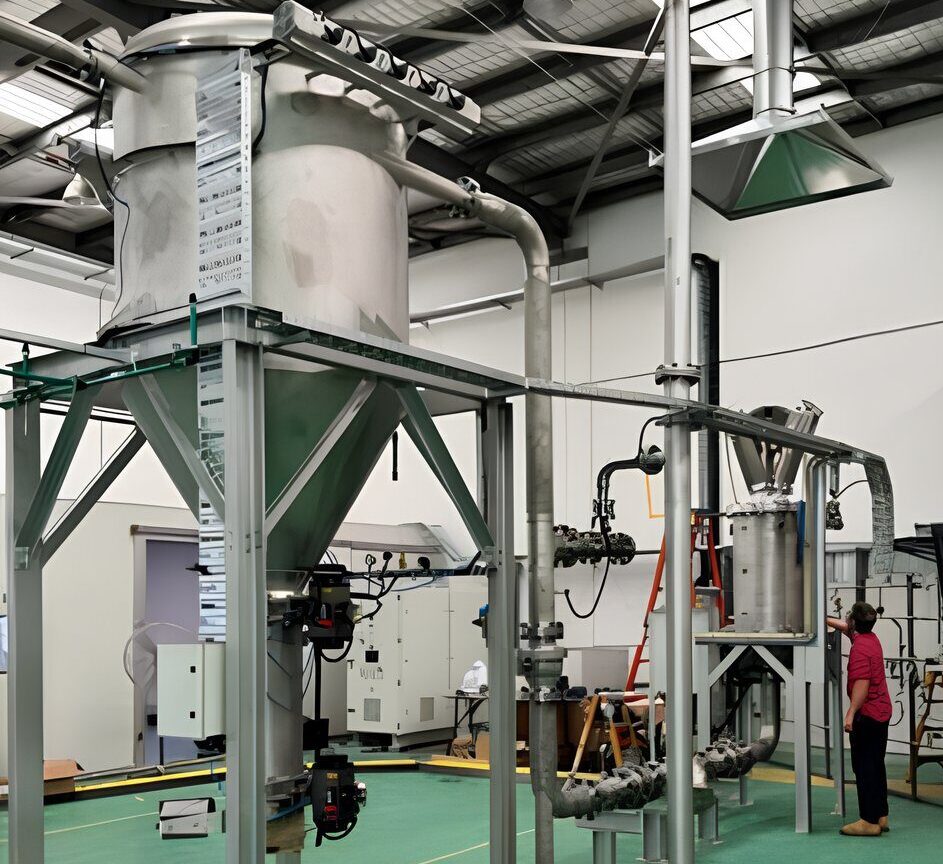Home » Projects » Hydrogen Infrastructure » Turquoise Hydrogen
Turquoise Hydrogen
Turquoise Hydrogen
Pure Hydrogen’s Turquoise Group has partnered with a French clean energy company, Plenesys, to develop decarbonisation processes through the creation of turquoise hydrogen, which is produced through a process known as methane pyrolysis, using natural gas and approximately 30% of the electricity required for electrolysis.
Turquoise Group’s focus is to manufacture both low-priced hydrogen to advance the hydrogen economy and low-priced graphene to establish a graphene industry. When operated with renewable electricity and bio-methane, the process can become carbon-negative.
Turquoise Group’s technology utilises unique plasma torch technology as its heat source, including HyPlasma, a clean hydrogen production process that decomposes methane into turquoise hydrogen and graphene carbon powder. Assuming methane is available, the graphene powder can be sold commercially, providing a compelling case to replace other hydrogen production methods that are currently used.
